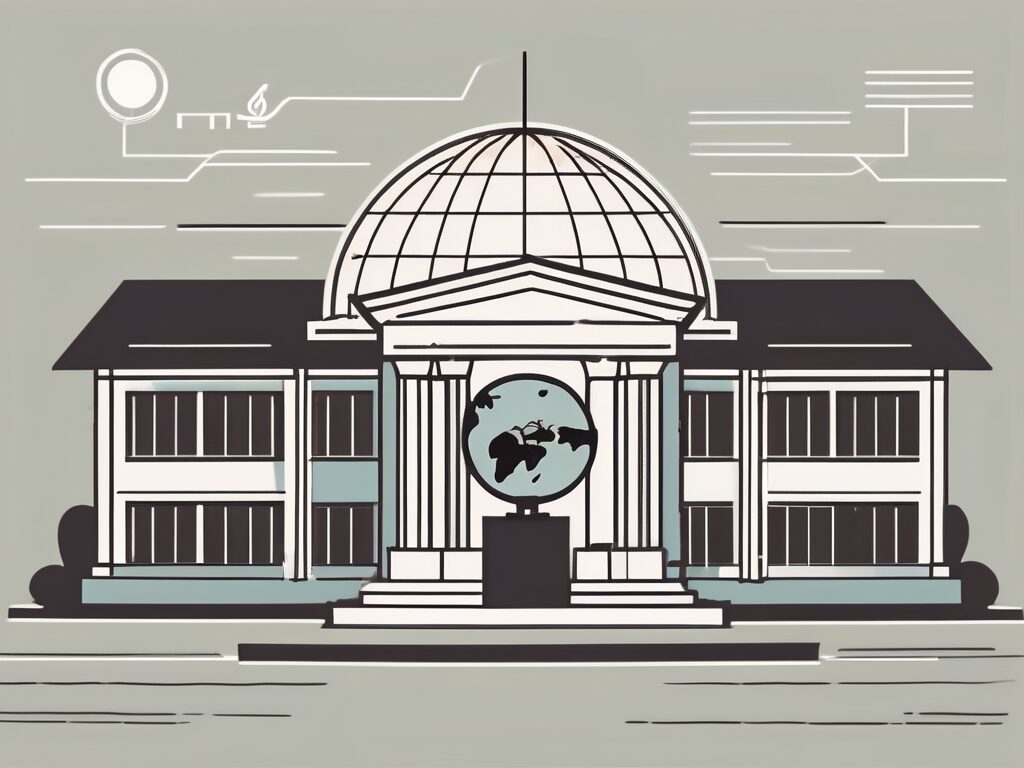Thailand, a country renowned for its rich cultural heritage and warm hospitality, is a popular destination for international teachers. However, like any foreign environment, it presents its unique set of challenges. This piece delves into the issues faced by IPGCE international teachers in Thailand’s public schools, providing a comprehensive guide to understanding the landscape.
1. Language Barrier
Understanding Thai
One of the most significant challenges for international teachers in Thailand is the language barrier. While English is taught in schools, Thai remains the primary language of instruction and communication. This can make it difficult for teachers to communicate effectively with students, staff, and parents.
Imagine trying to explain a complex scientific concept or a nuanced piece of literature in a language that isn’t your mother tongue. It’s akin to trying to solve a Rubik’s cube in the dark. The difficulty is compounded when you consider the regional dialects and variations in the Thai language.
Teaching English
On the flip side, teaching English to Thai students can also be a challenge. The Thai language structure is vastly different from English, making it difficult for students to grasp English grammar and pronunciation. This can make the teaching process slow and arduous, requiring a lot of patience and perseverance from the teacher.
Think of it as trying to fit a square peg into a round hole. It’s not impossible, but it requires a lot of effort and the right approach.
2. Cultural Differences
Understanding Thai Culture
Thailand’s culture is deeply rooted in Buddhism, which influences everything from social behaviour to education. For international teachers, understanding and respecting these cultural nuances is crucial. It’s like trying to navigate a maze; you need to understand the layout to find your way.
For instance, the Thai culture places a high value on respect for elders and authority figures. This can manifest in the classroom in ways that international teachers may find surprising or confusing.
Adapting Teaching Methods
These cultural differences also mean that international teachers may need to adapt their teaching methods. Thai students are often taught to memorise information rather than question or challenge it. This can be a stark contrast to western education systems that encourage critical thinking and independent thought.
It’s like trying to play chess with someone who’s only ever played checkers. The rules are different, and you need to adjust your strategy accordingly.
3. Curriculum Differences
Thai Curriculum
The Thai curriculum is often criticised for being outdated and lacking in practical application. This can be frustrating for international teachers who are used to more modern, dynamic curriculums. It’s like trying to run a marathon in old, worn-out trainers; it’s possible, but it’s not ideal.
IPGCE Curriculum
On the other hand, the IPGCE curriculum is internationally recognised and is designed to prepare students for the global stage. However, implementing this curriculum in a Thai public school can be challenging due to resource constraints and resistance to change.
It’s like trying to plant a cherry tree in a desert; it’s not impossible, but it requires a lot of effort and the right conditions.
4. Resource Constraints
Lack of Resources
Many Thai public schools lack the resources necessary to provide a high-quality education. This can range from a lack of textbooks and teaching materials to inadequate facilities. For international teachers used to well-resourced schools, this can be a significant challenge.
It’s like trying to paint a masterpiece with a limited palette; you can still create something beautiful, but it’s more challenging.
Large Class Sizes
Another issue is the large class sizes in Thai public schools. It’s not uncommon for a single teacher to be responsible for a class of 40 or more students. This can make it difficult to give each student the attention they need and deserve.
It’s like trying to juggle too many balls at once; the more balls you have, the harder it is to keep them all in the air.
5. Professional Development Opportunities
Lack of Opportunities
Finally, international teachers may find that there are limited opportunities for professional development in Thai public schools. This can make it difficult to progress in their careers and continue to develop their teaching skills.
It’s like being stuck in a dead-end job; you can still do your work, but there’s little room for growth or advancement.
Seeking Opportunities
However, this doesn’t mean that there are no opportunities at all. International teachers can seek out professional development opportunities on their own, such as attending conferences, enrolling in online courses, or networking with other professionals in the field.
It’s like finding a hidden treasure; it may take some effort and digging, but the rewards can be worth it.
In conclusion, while teaching in Thailand’s public schools can be challenging, it can also be a rewarding and enriching experience. By understanding and navigating these challenges, international teachers can make a positive impact on their students’ lives and grow both personally and professionally.
Empower Your Teaching Career in Thailand with IPGCE
Ready to overcome the challenges and maximize your potential as an international teacher in Thailand? Join the UK’s #1 Teacher Training Course, the IPGCE, and transform your professional journey. With our program, you’ll enhance your qualifications, increase your chances for interviews, and unlock new opportunities for career advancement. Experience a significant salary boost, connect with a global network of educators, and gain invaluable insights into international curricula. Don’t let isolation or limited professional development hold you back. Embrace the flexibility of our online study options and balance your career growth with your current commitments. Take the next step towards success and Join the IPGCE program today.

